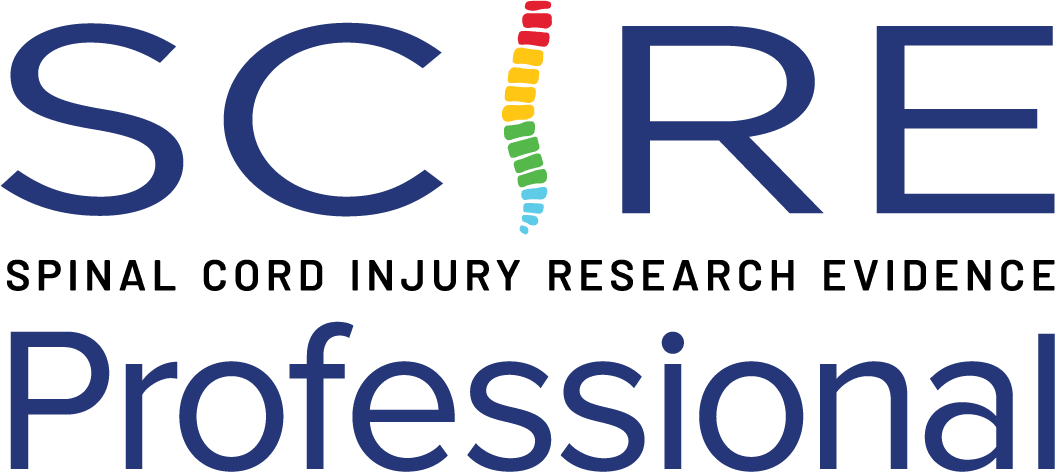Acute Intermittent Hypoxia (AIH)
Acute intermittent hypoxia (AIH) refers to brief (acute), repetitive (intermittent) episodes of breathing oxygen-deprived air (hypoxia) alternating with breathing ambient room air (Tan et al. 2020). AIH is a novel, noninvasive means to induce spinal plasticity, strengthening spared pathways to motoneurons after incomplete SCI (Hayes et al. 2014). Recent studies have provided foundational support that AIH also induces improvements in breathing capacity, lower limb, and upper limb function in people with SCI, suggesting its translational potential as a therapeutic strategy in people with SCI (Tan et al. 2020).
Discussion
Four RCTs have tested walking with an AIH intervention in participants with chronic and incomplete SCI; most studies find that AIH plus walking training improves walking speed (as measured by the 10MWT), however, the results are mixed for walking endurance (6MWT) and the studies are small (N’s range from 10-35 participants; Hayes et al. 2014; McKenzie et al. 2024; Navarrete-Opazo et al. 2017a; Tan et al. 2021).
In an RCT, Tan et al. (2021) compared a single AIH session plus walking practice versus sham AIH plus walking practice in 11 people with SCI. After the intervention and at 1 and 2 weeks of follow-up, people in the AIH group showed significant improvements in walking speed (10MWT) and endurance (6MWT) while those who received the sham protocol did not show any changes (Tan et al. 2021). Similar results were found by Hayes et al (2014); 11 participants with SCI received AIH or normal oxygen (21% – acting as sham hypoxia) but without walking practice. Those who received AIH had significantly better improvements in walking speed (10MWT) but similar gains in walking endurance (6MWT) than those in the normal oxygen group.
In an RCT, Navarrete-Opazo et al. (2017a) tested a protocol alternating IH and normal oxygen levels (versus sham IH) 15 times/day for one week followed by 3 times/week for 3 weeks. Navarrete-Opazo et al. (2017a) found that those in the repetitive IH group had a greater walking speed compared with the sham intervention; the IH group decreased their 10MWT time by an average of 17 seconds at week 3 (versus 7 seconds decrease in the sham group), however the groups were much closer and no longer had statistically significant differences in walking speed by week 4. The IH group also had significantly higher distances walked than the sham group up to and including week 4 (IH: 70.5 ± 13.2 m vs. Nx: 22.4 ± 10.6 m, p = 0.005). There were no differences between groups however in timed up and go test scores.
It is possible that the addition of AIH to walking training provides benefits, especially if the regimen is more intense as in Navarrete-Opazo et al. (2017a). More research in a larger cohort of people with SCI is recommended to better determine the generalizability of AIH, the specific protocols tested already, and any of the treatment’s enduring effects (Tan et al. 2020).
Conclusions
There is level 1 evidence (from 2 RCTs: Hayes et al. 2014; Tan et al. 2021) that a period of five consecutive days of daily AIH followed by walking overground provides significantly better improvements in walking speed and endurance, compared with sham AIH plus walking in patients with incomplete and chronic SCI.
There is level 2 evidence (from 1 RCT: Navarrete-Opazo et al. 2017a) that a repetitive IH protocol followed by BWSTT (first, for five consecutive days, and then three times per week for three additional weeks) provides a greater walking speed and endurance than sham IH plus BWSTT.
There is level 2 evidence (from 1 pilot study: McKenzie et al. 2024) that a combination of AHI, tSCS and overground training for five consecutive days provides higher significant improvements in self-selected walking speed (during 10MWT), but not in fast velocity (during 10MWT), walking endurance (6MWT), or maximum isometric ankle plantarflexion, in comparison with sham AHI plus tSCS + gait training or gait training alone (sham AHI and sham tSCS) in people with incomplete and chronic SCI.
